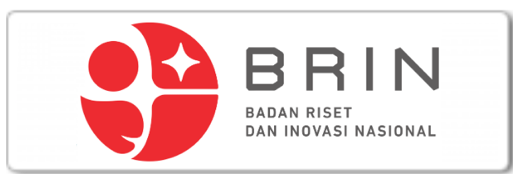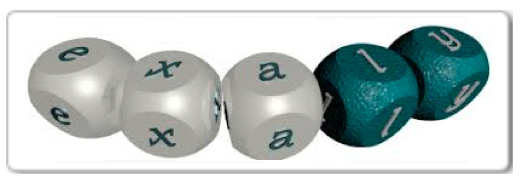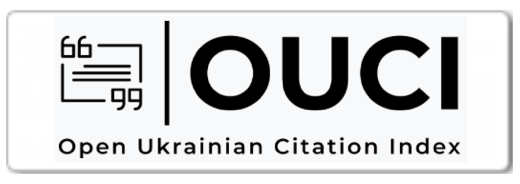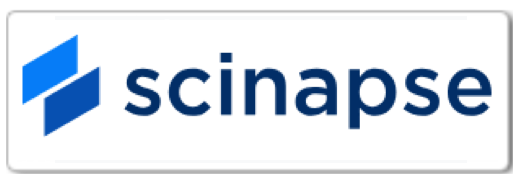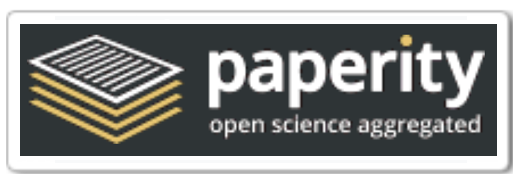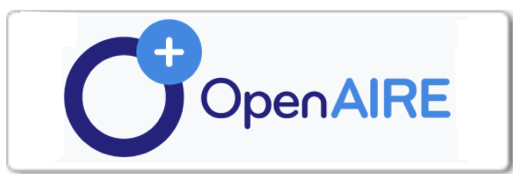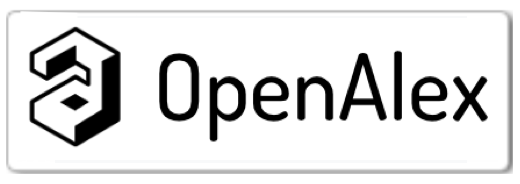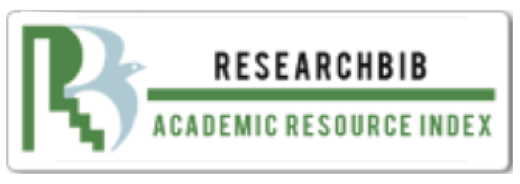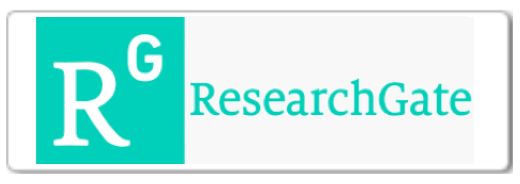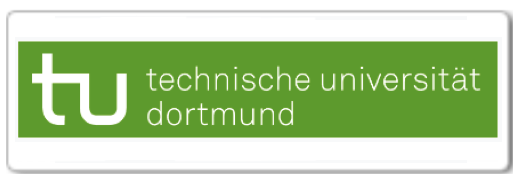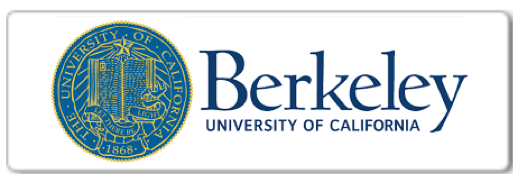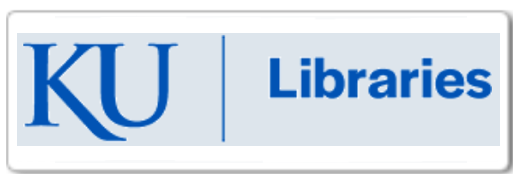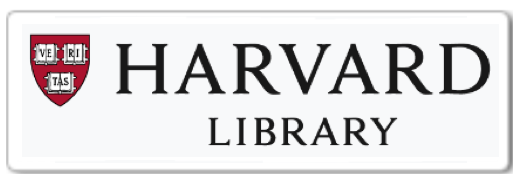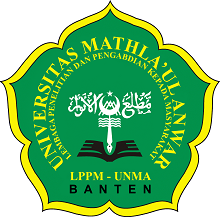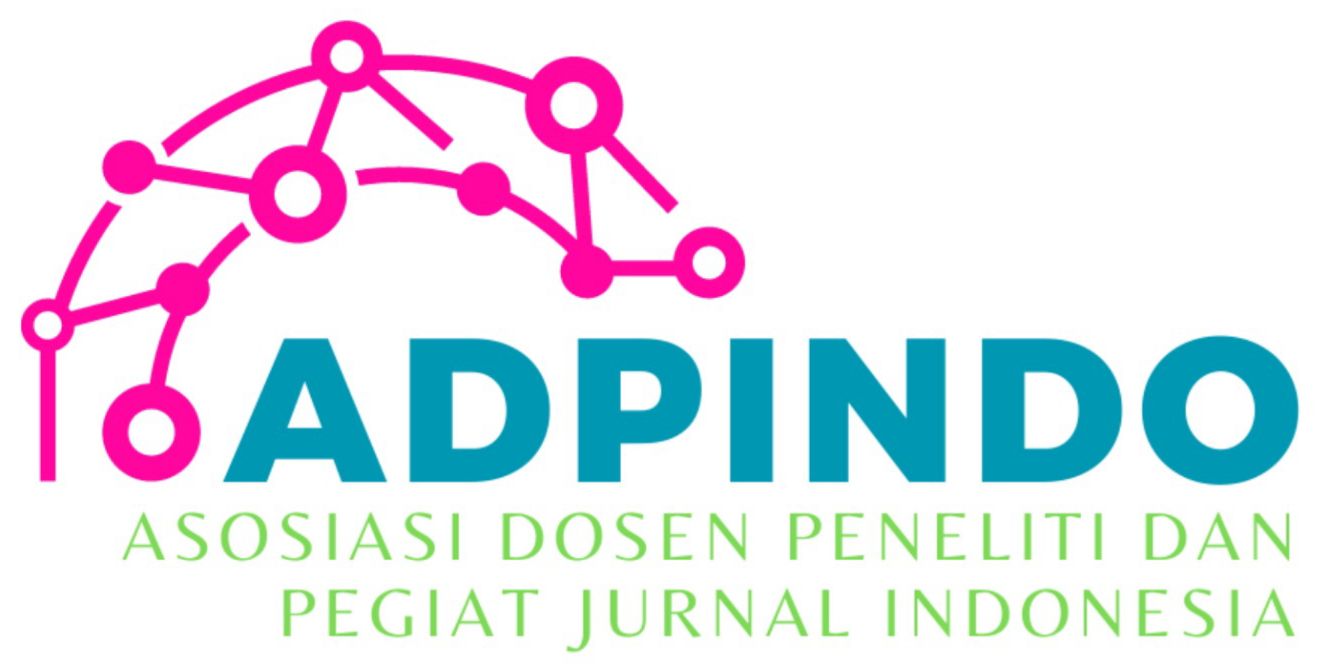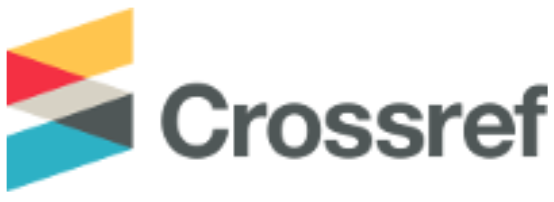FRAUD HEXAGON THEORY AND ACADEMIC FRAUD (COMPARATIVE STUDY ON STUDENT OF STIE SUTAATMADJA AND UNIVERSITI ISLAM SELANGOR)
Main Article Content
Nunung Juliawati
Asep Kurniawan
Icih
Amirah Atiqah Binti Rizal
This research aims to determine the difference in perceptions between STIE Sutaatmadja and University Islam Selangor students regarding the fraud hexagon theory (pressure, opportunity, rationalization, ability, arrogance or ego, and collusion) in academic fraud. The methode used in this research is a quantitative method with comparative studies, the sampling technique used in this research is simple random sampling and the sample criteria selected were students from STIE Sutaatmadja and University Islam Selangor. The data collection method used was a questionnaire method in the form of a questionnaire distributed via google form which was analyzed using IBM SPSS Statistic 25. The data analysis technique was the classic assumption test (normality test and homogeneity test) and the independent simple t-test and the men whitney non parametric test. The results of the research show that (1) there is a diffierence in perception regarding the pressure for academic cheating between STIE Sutaatmadja dan University Islam Selangor, there is no different perception regarding the opportunity (2), the rationalization (3), the ability (4), the arrogance (5), Collusion (6) and the academic cheating (7) for academic cheating between STIE Sutaatmadja and University Islam Selangor.
Abdullah, P. M.2015. Metodologi Penelitian Kuantitatif. Sleman Yogyakarta, D.I Yogyakarta, Indonesia: Aswaja Presindo. Retrieved Agustus Selasa, 2023, from http://idr.uin-antasari.ac.id/5014/1/Metodologi%20Penelitian%20Kuantitatif.pdf
Azizah, D. L.2021, November. dspace.uii.ac.id. Retrieved Agustus Minggu, 2023, from dspace.uii.ac.id.
Apsari, A.K., & Suhartini, D.2021. Religiosity as Moderating of Accounting Student Academic Fraud with a Hexagon Theory Approach. Accounting and Finance Studies.
Albrecht, WS, Albrecht, CO, CC &. Zimbelman Albrecht, dan MF 2012. Penipuan penyelidikan. Vol.66
Bashir, H., & Bala, R.2018. Development and validation of academic dishonesty scale (ADS): Presenting a multidimensional scale. International Journal of Instruction, 11(2), 57–74.
Bryan Garner, Ed., Kamus Hukum Black. edisi ke-10 (2014), sv, “kolusi.”
Crowe, H.2011. Why The Fraud Triangle Is No Longer Enough. In Howarth, Crowe LL.
Detik News.com.2013, Februari. Detik News.com. Dipetik Juli Kamis, 2023, dari Detik News.com: https://news.detik.com/internasional/d-2159488/skandal-mencontek-massal-60-mahasiswa-harvard-kena-skorsing
Erlangga, M. B., & Adi, S. W.2018. Analisis Pengaruh Dimensi Fraud Diamond Dan Gone Theory Terhadap Academic Fraud (Studi Empiris Mahasiswa Universitas Sebelas Maret dan Universitas Muhammadiyah Surakarta Tahun Ajaran 2014-2016) (Doctoral dissertation, Universitas Muhammadiyah Surakarta).
Fitriana, A.N., & Baridwan, Z.2012. Perilaku Kecurangan Akademik Mahasiswa Akuntansi: Dimensi Fraud Triangle.
Fadersair, K., & Subagyo, S.2019. Perilaku Kecurangan Akademik Mahasiswa Akuntansi : Dimensi Fraud Pentagon (Studi Kasus Pada Mahasiswa Prodi Akuntansi Ukrida). Jurnal Akuntansi Bisnis.
Ghozali, Imam. 2018. Aplikasi Analisis Multivariate Dengan Program IBM SPSS 25, Edisi 9. Semarang: Undip.
Hariri, Pradana, AWS, & Rahman, F.2018. Perilaku Mendeteksi Kecurangan Akademik Dengan Perspektif Fraud Diamond Theory. Jurnal Ketahanan Pangan, 2(1), 1–11. http://riset.unisma.ac.id/index.php/JU-ke/article/view/1045
Murdiansyah, I., Sudarma, M., & Nurkholis.2017. Pengaruh Dimensi Fraud Diamond Terhadap Perilaku Kecurangan Akademik (Studi Empiris Pada Mahasiswa Magister Akuntansi Universitas Brawijaya). Jurnal Akuntansi Aktual, 4(2), 121–133. http://journal2.um.ac.id/index.php/jaa/article/view/7094Fitriana, A., & Baridwan, Z.2012. Perilaku Kecurangan Akademik Mahasiswa Akuntansi: Segitiga Dimensi Fraud. Jurnal Akuntansi Multiparadigma, 3(2), 244–85. http://www.riset.unisma.ac.id/index.php/jra/article/view/4251
Oktarina, D., & Ramadhan, N.S.2023. Academic Fraud Behavior of Accounting Students in Dimensions of Fraud Hexagon Theory. Journal of Auditing, Finance, and Forensic Accounting.
Omukaga, Kizito Ojilong'. 2020. “Apakah Perspektif Berlian Penipuan Valid di Kenya?” Jurnal Kejahatan Keuangan. doi: 10.1108/JFC-11-2019-0141.
Prawira, IDMS, & Irianto, G.2016. Analisis Pengaruh Dimensi Fraud Diamond Terhadap Perilaku Kecurangan Akademik Mahasiswa (Studi Kasus Pada Mahasiswa S1 Jurusan Akuntansi Perguruan Tinggi Negeri Kota Malang). Jurnal Ilmiah Mahasiswa FEB Universitas Brawijaya, 3(2), 1689–1699. https://doi.org/10.1017/CBO9781107415324.004
Purnamasari, P., & Umiyati, I. (2024). Greenwashing and financial performance of firms: the moderating role of internal audit quality and digital technologies. Cogent Business & Management, 11(1). https://doi.org/10.1080/23311975.2024.2404236
Rafnhar, R., & Muslimin, M.2022. The Effect of Academic Fraud Dimensions of Fraud Pentagon's On Accounting Students. JASa (Jurnal Akuntansi, Audit dan Sistem Informasi Akuntansi).
Rahmawati, Sistya, dan Dini Susilawati.2019. “Pengaruh Dimensi Fraud Diamond Dan Religuisitas Terhadap Perilaku Kecurangan Akademik Mahasiswa.” Jurnal Akuntansi Trisakti 5(2):269. doi: 10.25105/jat.v5i2.4857.
Ramadhana, M.A. (2015). Plagiarism Prevention Software for Thesis Writing: Its Advantages and the Students' Attitudes.
Rohmah, A. N. A.2018. Analisis Perilaku Kecurangan Akademik Mahasiswa Fakultas Ekonomi Universitas Islam Indonesia: Dimensi Fraud Triangle.
Rusdi, S.D., Hussein, N., Rahman, N.A., Noordin, F., & Aziz, Z.D.2019. Academic Dishonesty among Tertiary Students in Malaysia. International Journal of Academic Research in Business and Social Sciences.
Saidina, DA, Nurhidayati, H., & Mawardi, MC.2017. Faktor-Faktor Yang Mempengaruhi Perilaku Kecurangan Akademik Dalam Perspektif Fraud Triangle Pada Mahasiswa Akuntansi Universitas Islam Malang Desi. Jurnal Ilmiah Riset Akuntansi, 6(01), 25–38. http://riset.unisma.ac.id/index.php/jra/article/view/314
Sihombing, M., & Budiartha, I.K.2020. Analisis Pengaruh Fraud Triangle Terhadap Kecurangan Akademik (Academic Fraud ) Mahasiswa Akuntansi Universitas Udayana. European Journal of Anaesthesiology, 30, 361.
Sugiyono.2012. Metode Penelitian Kuantitatif, Kualitatif, dan R&D. Bandung: Alfabeta. http://repository.upi.edu/2509/6/T_IPS_1104001_Chapter3.pdf
Sutton, A., & Taylor, D.2011. Confusion about collusion: working together and academic integrity. Assessment & Evaluation in Higher Education, 36, 831 - 841.
Vousinas, G. L.2019. Advancing theory of fraud: the S.C.O.R.E. model. Journal of Financial Crime, 26(1), 372–381. https://doi.org/10.1108/JFC-12-2017-0128
Wolfe, D. T., & Hermanson, D. R.2004. The FWolfe, D. T. and Hermanson, D. R. (2004) ‘The Fraud Diamond : Considering the Four Elements of Fraud: Certified Public Accountant’, The CPA Journal, 74(12), pp. 38–42. doi: DOI:raud Diamond : Considering the Four ElemWolfe, D. T. and Hermanson, D. R. The CPA Journal, 74(12), 38–42.6
Wulansuci, R., & Laily, N.2022. Academic Cheating : Dimensi Fraud Diamond Theory. Jurnal Pendidikan Ekonomi (JUPE).
Zamzam, I., Mahdi, SA, & Ansar, R.2017. Pengaruh Diamond Fraud Dan Tingkat Religiuitas Terhadap Kecurangan Akademik (Studi Pada Mahasiswa S-1 Di Lingkungan Perguruan Tinggi Se Kota Ternate). Jurnal Ilmiah Akuntansi Peradaban, 3(2), 1–24. http://journal.uin-alauddin
















